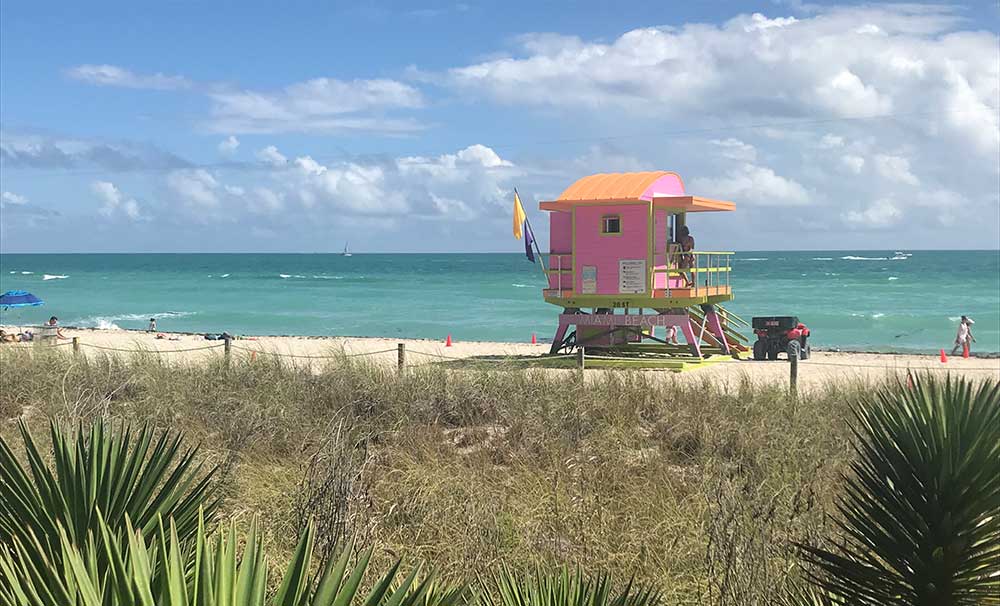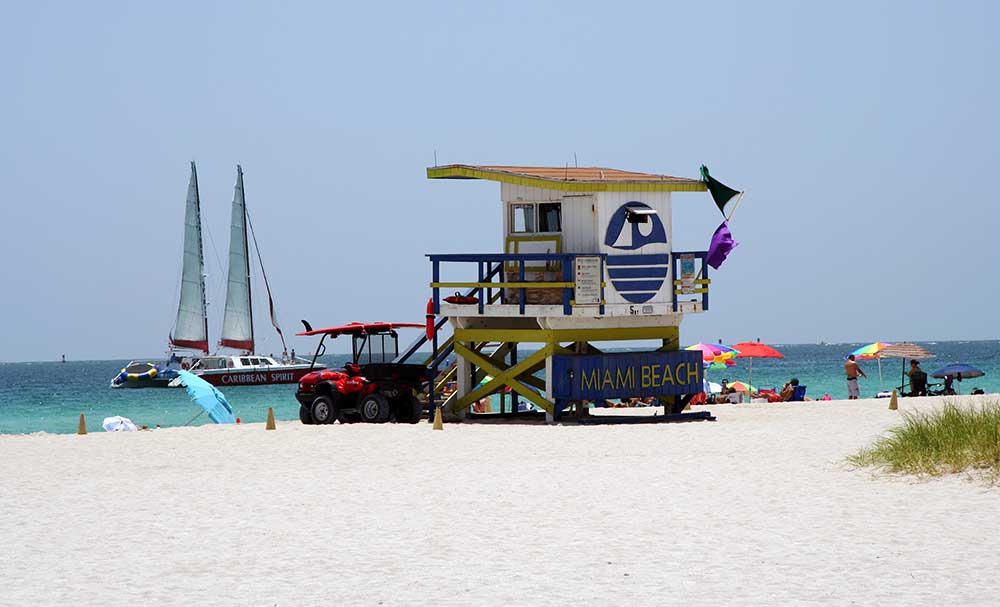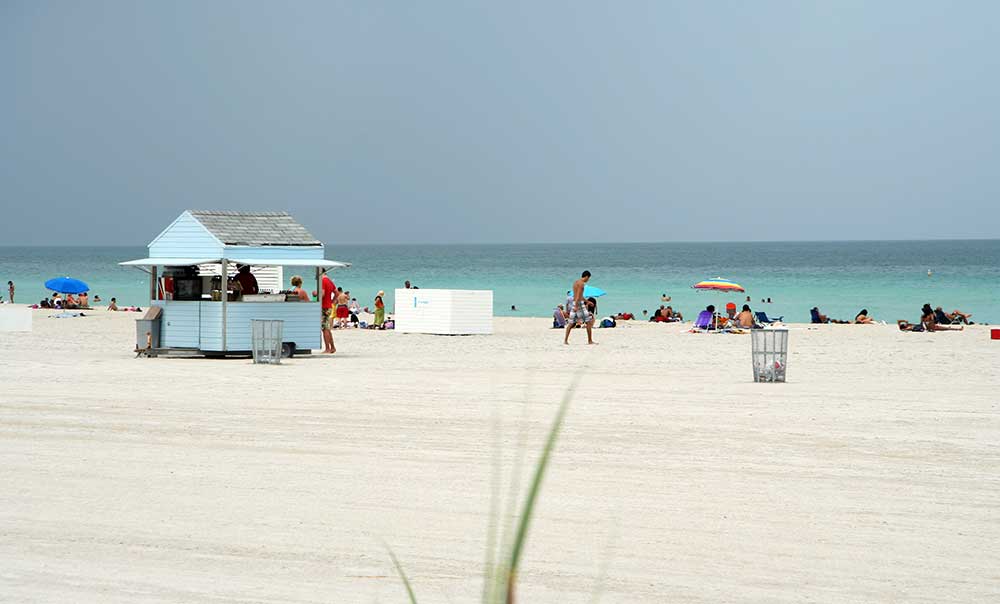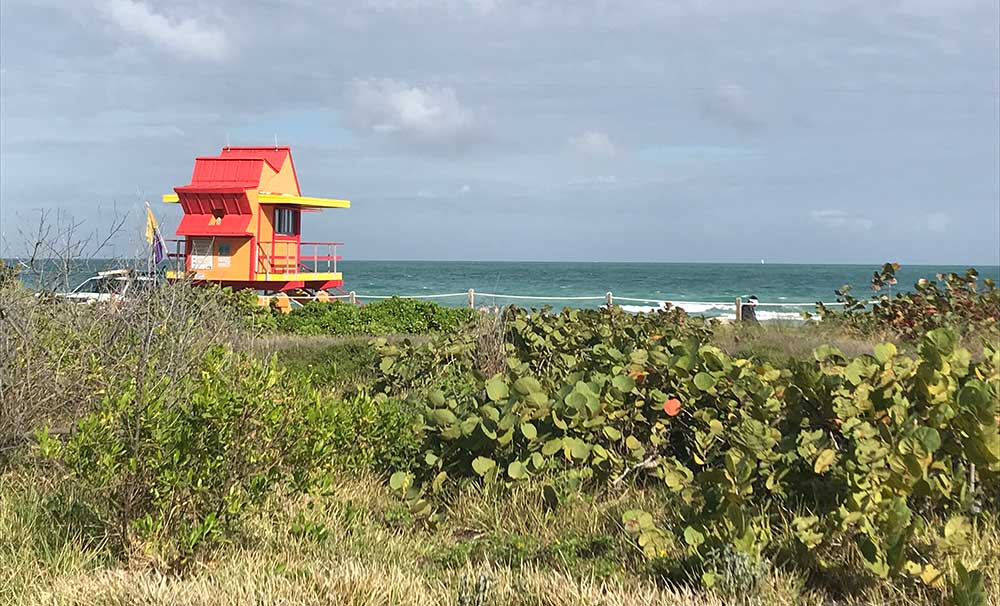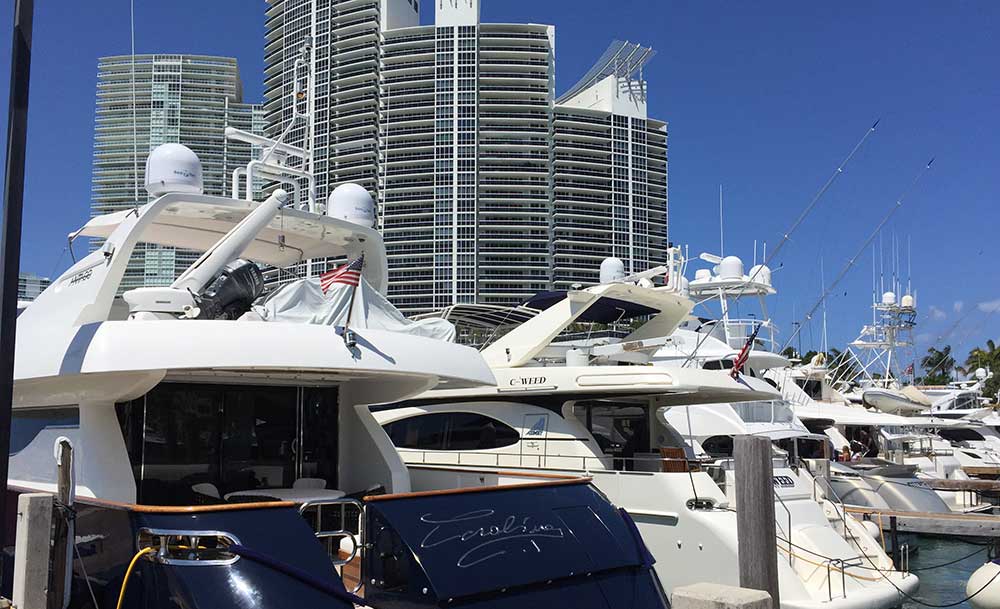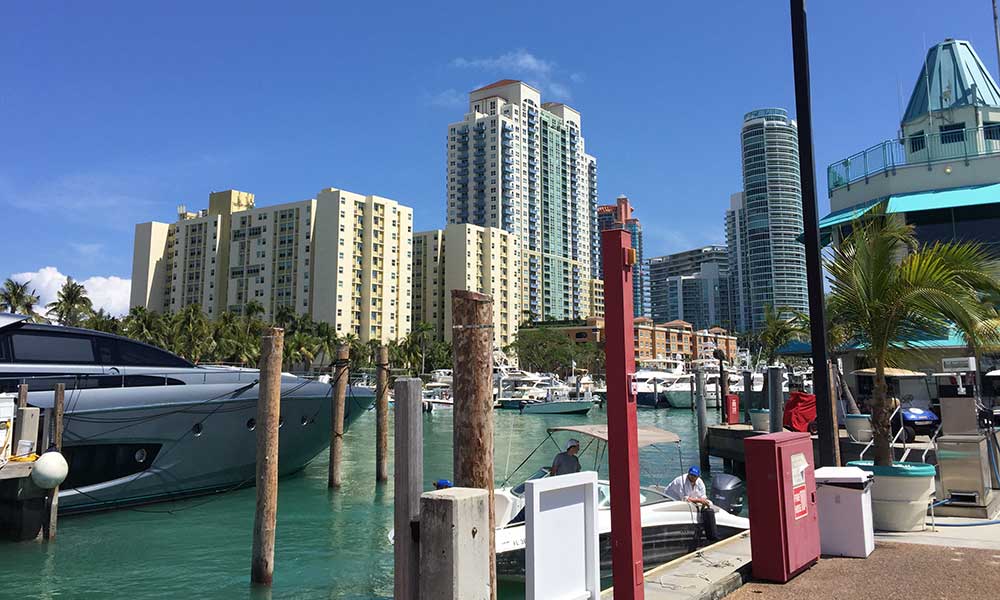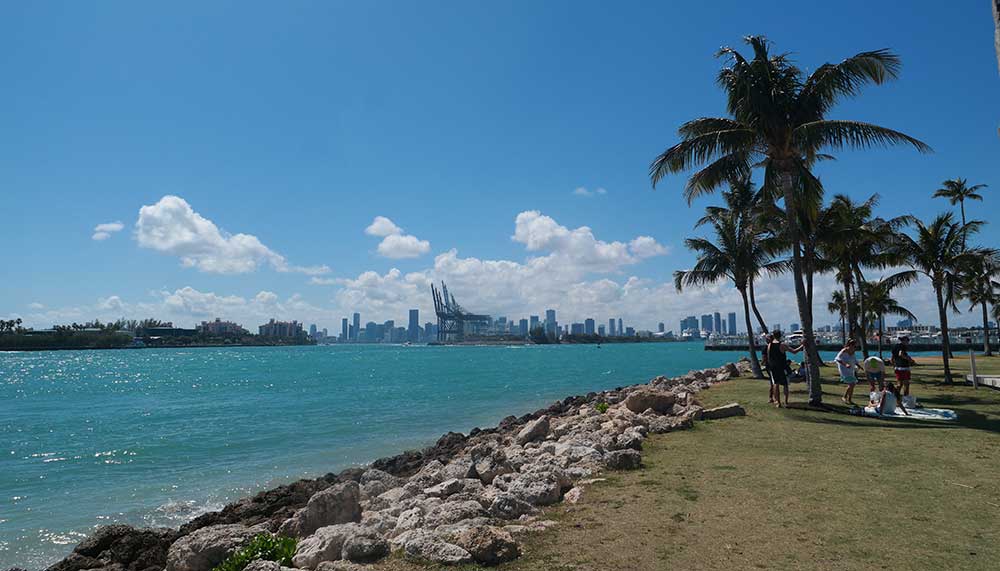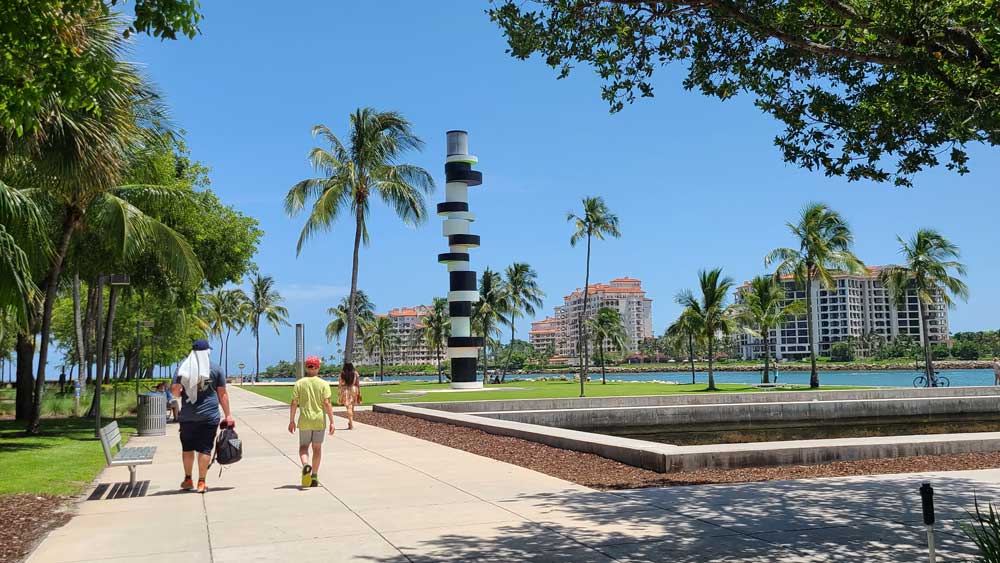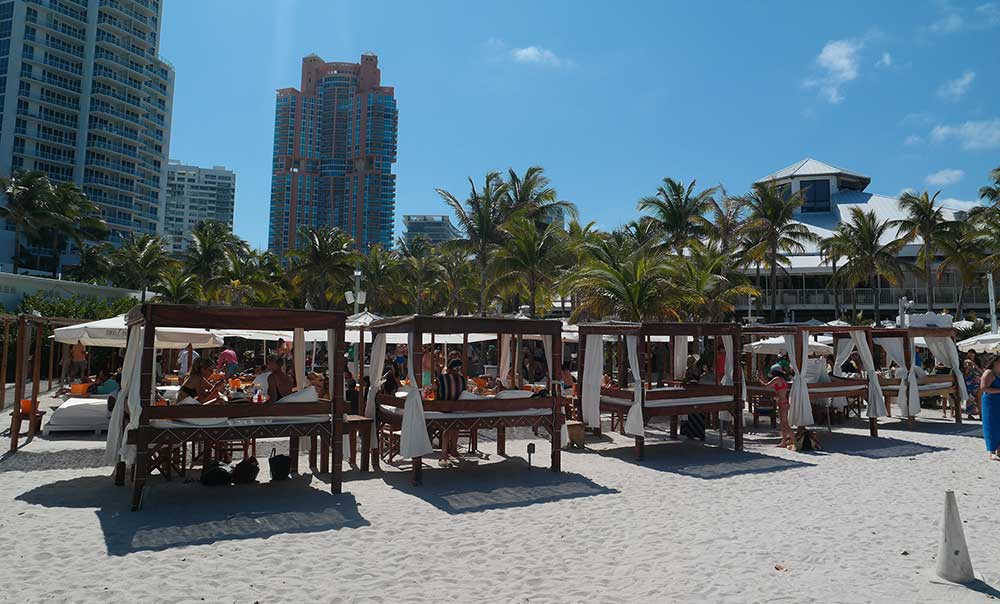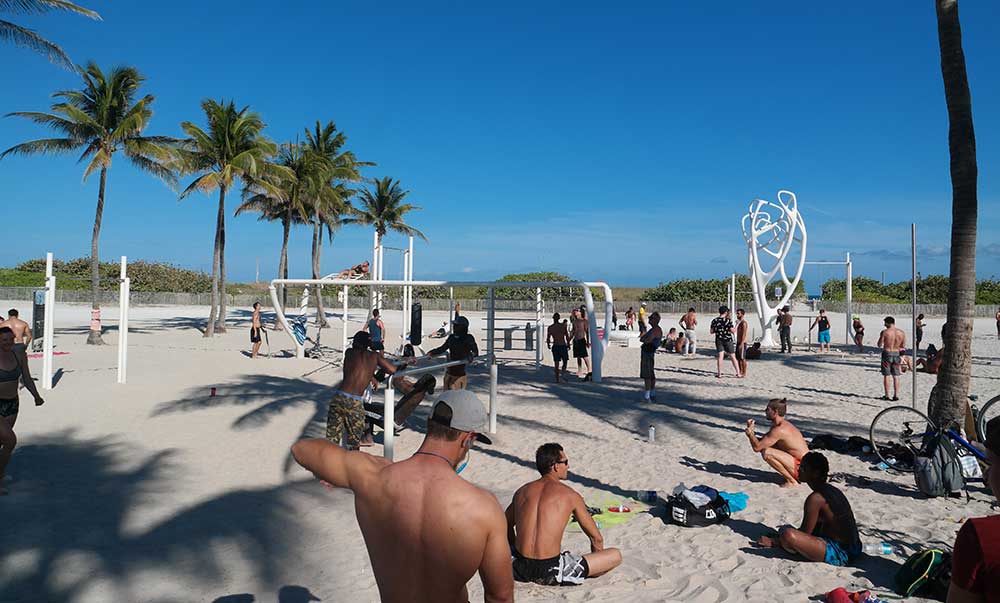Miami Beach | Art Deco Meets Celebrity
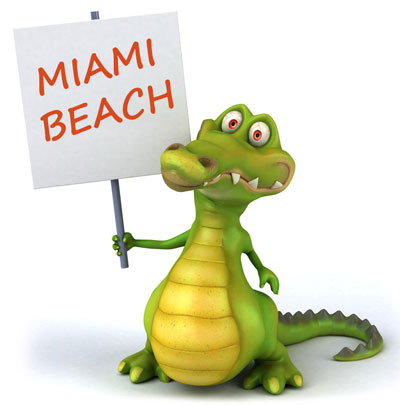
Here, sapphire-blue sea meets endless sandy beaches and legendary Art Deco charm! Florido shows you why Miami Beach is more than just a seaside resort. Whether it’s a stroll along Ocean Drive, a cocktail with a view of the skyline, or sunbathing at the famous South Beach – here you can feel the heartbeat of Florida. Beach by day, nightlife in the evening – Miami Beach is alive, and you’re right in the middle of it!
Miami Beach – the most Important Facts at a Glance
- Dream beaches – Miles of white and partly very wide sandy beaches and sapphire-blue water on the Atlantic
- Art Deco District – Unique architecture along the famous Ocean Drive
- Best travel time – November to April with pleasant climate and little rain
- Nightlife & Lifestyle – Trendy clubs, rooftop bars and first-class restaurants
- Sports & Activities – Perfect for water sports, jogging along the promenade or cycling at South Pointe Park
Climate and Weather
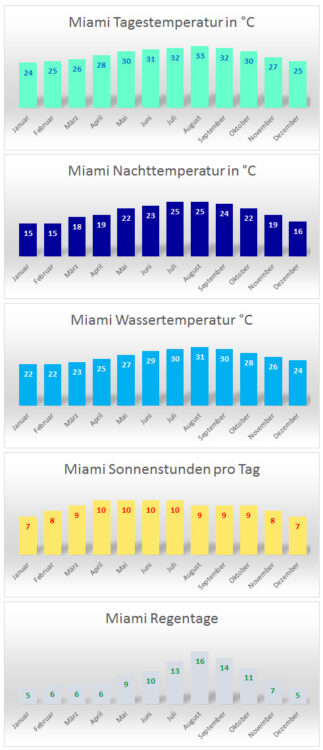
Information Route Planner
| Size | 18.7 mi², of which 7 mi² is land |
| Population | 82,000 (as of 2023) |
| County | Miami Dade County |
| Coordinates | 25° 49 “80° 8” W |
| Area code | +1 305 |
| Tourist Info | Miami Beach Visitor Center |
The Perfect Day in Miami Beach
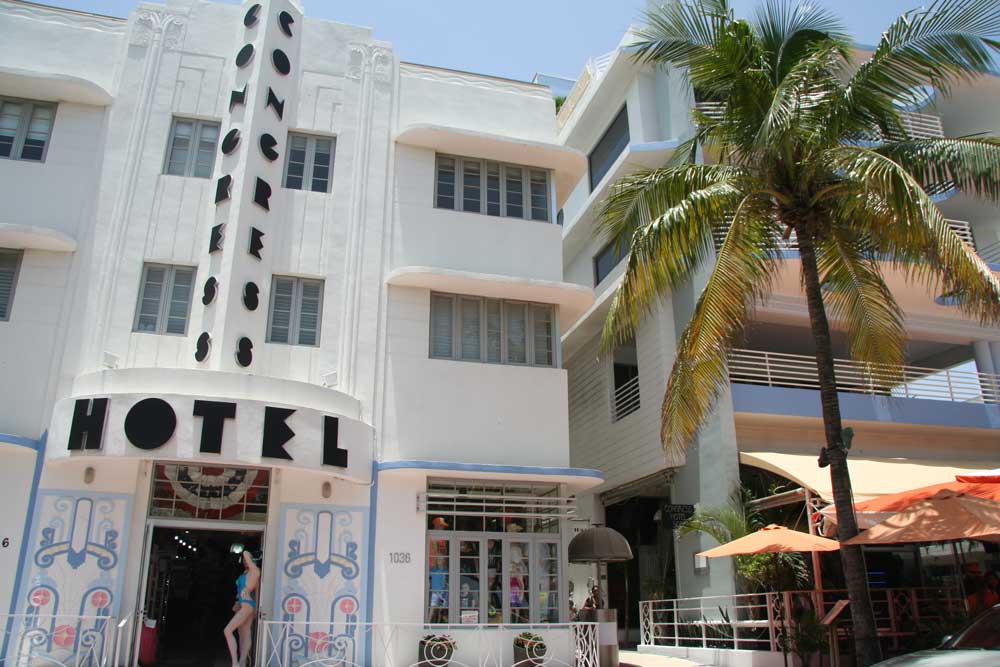
The perfect day ideally begins before the shower with a first glance at the sapphire to azure blue sea, provided you’re staying in one of the Art Deco hotels in a room with a sea view. We use the morning hours for extensive shopping at the Lincoln Road Mall. In addition to the shopping experience for small budgets to platinum cards, you can already prepare for the rest of the day with “people watching” here.
But it’s not just the people who are worth seeing here, the whole atmosphere in Miami Beach is colorful, flamboyant, joyful and unique. When the sun is high at noon, it’s time for a few hours of relaxation on the beach. The sea directly at Ocean Drive is not only breathtaking but even more beautiful than you could have ever imagined.
In the afternoon, sports enthusiasts play a bit of volleyball on one of the many beach playgrounds before setting off in the early evening to “get dolled up” for the nightlife. The outfits can be a bit cooler than usual, the necklines a little deeper than usual, and the wallets well-filled. Only then do you swim with the current and will certainly get your money’s worth with watching, marveling, and quietly presenting yourself a little. Where? At Ocean Drive, of course!
Activities Highlights around Cape Coral
Attractions
Ocean Drive: See be Seen in South Beach
Shopping
No post found!
Events

Dream Beaches, Hip Cultural Scene and Plenty of Sun
Miami Beach – it sounds like turquoise water, Art Deco architecture, and pulsating lifestyle. And that’s exactly what the city on the offshore island of Miami is: a magnet for sun-seekers, culture enthusiasts, and anyone who wants to experience the special flair of Florida.
What makes Miami Beach special is the unique mix of dream beaches, international scene, and iconic architecture. From the lively Ocean Drive to the elegant hotels on Collins Avenue to the more relaxed neighborhoods around Mid-Beach, the city offers the right experience for every taste.
Beyond South Beach
But Miami Beach is much more than just South Beach. While colorful life on the Atlantic coast pulsates around Ocean Drive, you’ll find quiet beaches, luxurious resorts, and well-maintained residential areas to the north. Today, over 80,000 people (as of 2023) live on the narrow island – and most love the open, cosmopolitan lifestyle that characterizes Miami Beach.
The heart of the city beats on Lincoln Road, a pedestrian zone full of boutiques, restaurants, and galleries. Here, locals, tourists, and artists mix to create a vibrant street scene that is typical of Miami Beach.
A highlight remains the endless beach that stretches from South Pointe Park in the south to North Beach. Here, there’s a perfect spot for everyone: from hip volleyball courts to quiet sunbathing areas to family-friendly beach parks. Colorful lifeguard houses and palm trees everywhere create the authentic Florida feeling.
Culture, Nature, and a Touch of Luxury
Those who want more than just beach will find a surprisingly diverse cultural scene in Miami Beach. From the Bass Museum of Art to the Wolfsonian Museum to small galleries in South Beach – art and design are part of the lifestyle here.
At the same time, Miami Beach remains connected to nature: In the North Shore Open Space Park, for example, walkers enjoy wild dune landscapes and sea views away from the tourist crowds.
Whether as a short-term vacationer or as a second home: Miami Beach today offers a lifestyle that combines sun, urbanity, and relaxed elegance – unique in Florida and world-renowned.
One Island – Two Faces
The Biscayne Bay separates the city of Miami from the offshore island of Miami Beach. The island itself is divided into the vibrant, trendy, famous, and touristy South Beach and the quieter Northern Miami Beach:
South Beach
The southern part of Miami Beach officially encompasses the area south of 21st St, although it is often extended up to 40th St due to the preferred title “South Beach” by real estate agents, vacation providers, and others.
The historic Art Deco District mainly stretches between Collins Ave and Ocean Drive, although buildings of this unique architectural style can be found throughout South Beach. On Ocean Drive, the action is particularly lively at night, while during the day the expansive beach hosts most tourists.
Northern Miami Beach
The northern part of Miami Beach is divided into Mid-Beach around 40th St, North Beach around 70th St, followed by the communities of Surfside in the area of 90th St and Sunny Island as well as Aventura.
Luxury hotels and condominium high-rises line Collins Ave. West of Indian Creek are predominantly residential areas, the Mt. Sinai Medical Center, and the La Gorce Country Club.
History of Miami Beach
The first known settlers of Miami Beach were the Tequesta Indians. In 1870, Henry Lum and his son Charles, Quakers from New Jersey, landed with a sailboat on the “large sandbar” off the southeastern coast of Florida. They were so impressed by the island that they bought 165 acres of land from the federal government for a price of $0.25 per acre (1 acre = 4,046.9 m²), where they established a coconut plantation. The plantation proved to be a failure, and Lum sold the land in 1909 to John S. Collins and his son-in-law Thomas Pancoast, both also from New Jersey.
Collins was a visionary. He founded the city of Miami Beach and is the namesake of Collins Avenue named after him. Like many other visionaries and land speculators of his time, he saw the enormous development potential. Together with other visionaries, he began developing the beach strip. They dredged thousands of tons of sand from Biscayne Bay, creating buildable land which they extensively planted to stabilize and protect against erosion from water and storms.
In 1913, John Collins and Carl Fisher became partners. Fisher had made a fortune with the invention of his “Presto-o-Lite” technology and the Indianapolis Motor Speedway. He lent Collins the money he needed to build the first bridge from Miami to Miami Beach, which was then the longest wooden bridge in the world. The Collins Bridge (later replaced by today’s Venetian Causeway), opened in 1913, eventually became the catalyst for the development of Miami Beach.
Especially Jewish real estate developers recognized the potential of Miami Beach to become an American Riviera. Along Ocean Drive and Collins Avenue, vacation hotels and the now striking Art Deco buildings emerged, expressing a certain rebellion of architects against the rigid aesthetics of the Northeast. In the 40s and 50s, the city developed into a popular winter domicile for wealthy New Yorkers and became a leading retirement destination in the 60s.
During the World Wars, soldiers came to Miami Beach, stationed near the local naval facilities. They got used to the sun, and many of them simply stayed after the war. They were joined by immigrants fleeing the revolutionary countries of the Caribbean. Most immigrants came particularly from Cuba.
As many as half a million Cubans flooded into the area in the 60s when Fidel Castro took over Cuba. Since the late 70s, it was mainly those who wanted a better life and left their homeland due to, for example, the economic crisis in Cuba. During the Mariel boatlift in 1980, 125,000 Cuban citizens fled mainly to Florida, many of them landing in Miami Beach.
At the same time, luxury already prevailed and a certain saturation set in. Fashion designers, models, the beautiful and rich, hoteliers, and party animals continue to shape the image of Miami Beach for the numerous tourists, especially in South Beach.








